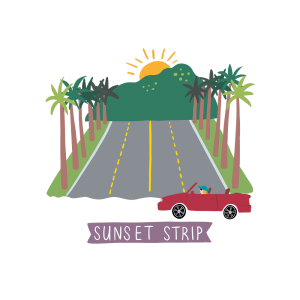90069: Virtual Tour
It’s hard to believe, but West Hollywood was once known for its ranches and farmlands. The first major development took place in the last few years of the nineteenth century when the town of Sherman, established by Moses Sherman and his partners at the Los Angeles Pacific Railroad, became the site of railroad yards and car barns. This streetcar line would eventually become part of the Pacific Electric Railway – the largest electric railway system in the world in the 1920s.
For many decades, West Hollywood remained unincorporated, but thanks to a coalition of residents who wanted to maintain rent control, the City of West Hollywood was officially incorporated in 1984. Today, it is home to over 36,000 residents – 40% of which identify as LGBTQ. Thanks to its active nightlife on Sunset Boulevard and Santa Monica Boulevard, West Hollywood attracts about 60,000 additional people to the 90069 Zip Code on a normal weekend.







